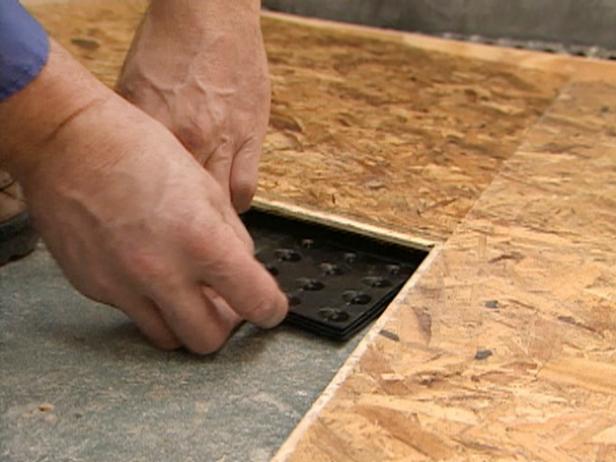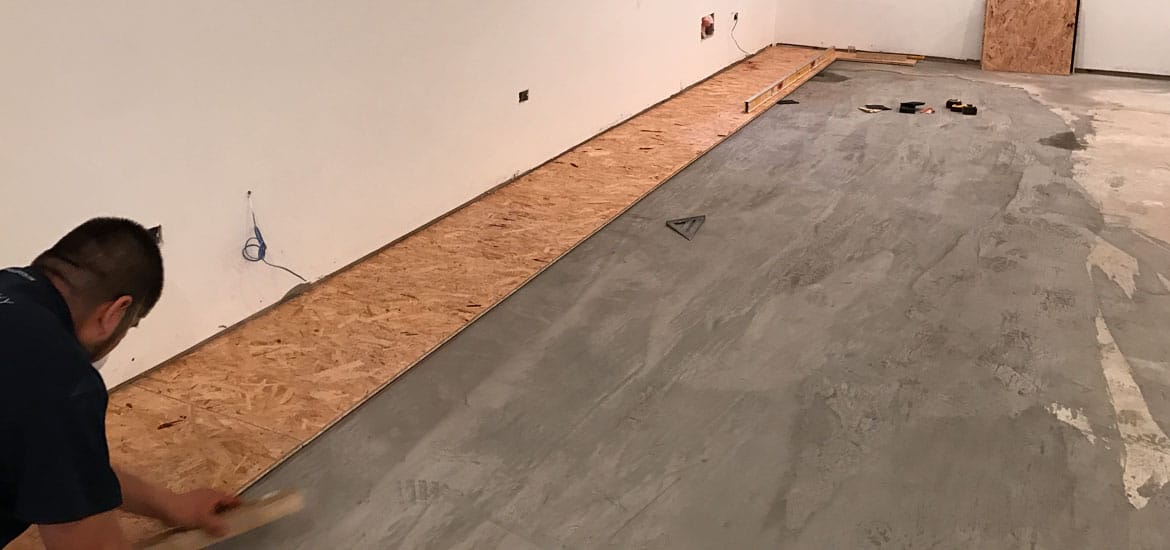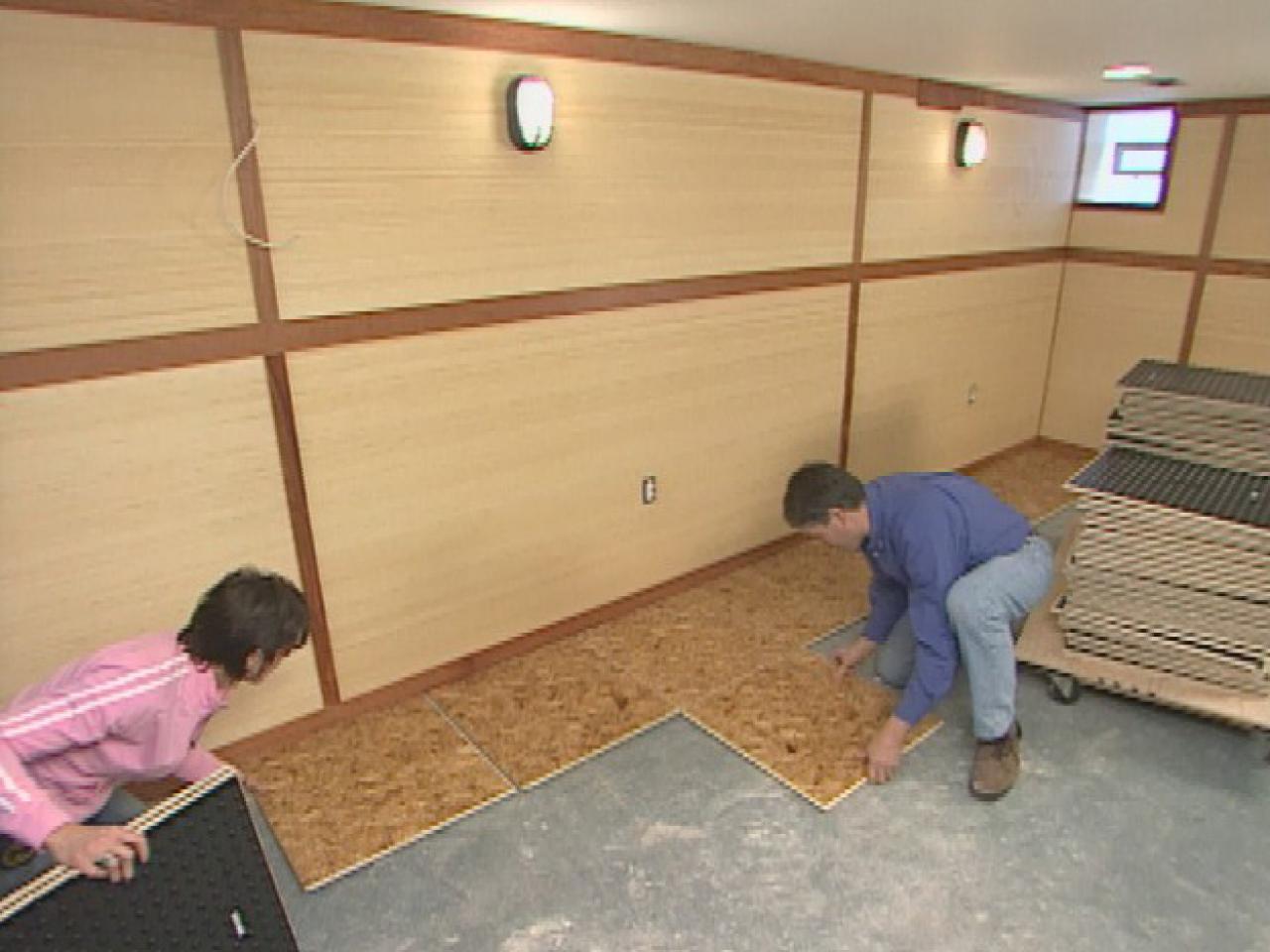When considering basement sub flooring options over concrete, it’s important to choose materials that provide insulation, moisture resistance, and durability. One popular option is DRIcore subfloor panels, which are designed specifically for basements. These panels feature a raised moisture barrier that keeps the surface dry and insulated. They are easy to install and create a solid foundation for your finished flooring. DRIcore panels help prevent mold and mildew growth, ensuring a healthier basement environment.
Another effective sub flooring option is using foam underlayment with a vapor barrier. This combination provides excellent insulation and moisture protection, making it suitable for basement conditions. The foam underlayment adds a layer of cushioning, which can enhance comfort and reduce noise. The vapor barrier prevents moisture from seeping through the concrete, protecting your finished flooring from potential water damage. This option is cost-effective and straightforward to install, making it a popular choice for DIY enthusiasts.
For those seeking maximum insulation, a plywood subfloor with rigid foam insulation is an excellent choice. This method involves laying down rigid foam insulation boards directly over the concrete, followed by plywood sheets on top. The rigid foam provides superior insulation, keeping the basement warmer and more energy-efficient. The plywood adds stability and creates a smooth, level surface for your finished flooring. This option requires more effort to install but offers exceptional thermal benefits and long-term durability.
Interlocking modular subfloor tiles are another practical and versatile option for basement flooring. These tiles typically feature a plastic or rubber base with a raised design that promotes airflow and prevents moisture buildup. The top layer can be made from materials like wood, laminate, or vinyl, offering various aesthetic choices. The interlocking design makes installation quick and easy, and the tiles can be removed or replaced as needed. This option is ideal for homeowners looking for a flexible and low-maintenance subfloor solution.
Lastly, using a combination of a moisture barrier and a concrete sealer can provide a solid foundation for your basement flooring. Applying a concrete sealer helps protect the concrete from moisture and enhances its durability. Over the sealer, a moisture barrier can be laid to prevent any remaining moisture from reaching the finished flooring. This approach works well with various flooring types, such as vinyl, laminate, or engineered wood, and ensures a dry and stable surface for your basement.
Concrete basement floor Basement flooring, Basement flooring options, Basement
BASEMENT FLOORS HOME REPAIR
MODE CONCRETE: Modern, Natural, Eco-Friendly Basement Concrete Floors – an inexpensive, viable
Installing a Floating Subfloor – Extreme How To
Best to Worst: Rating 13 Basement Flooring Ideas
Install Basement Subfloor On Concrete (raised To Match Existing Floor) – Building & Construction
SingCore Honeycomb Flooring Instructions Non-warping patented wooden pivot door, sliding door
How to Install Subfloor Panels how-tos DIY
Indoor Concrete Solutions
Related Posts:








:max_bytes(150000):strip_icc()/Cork-floor-GettyImages-647206459-5873ac343df78c17b6b85599.jpg)


